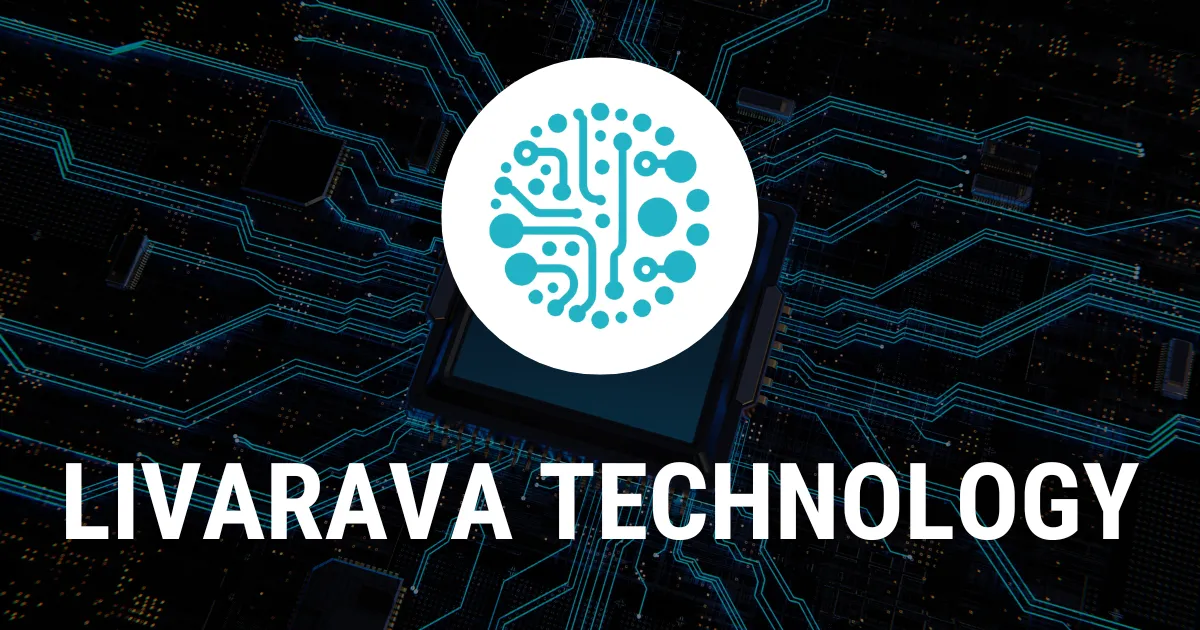Astronomy and AI: Revolutionizing the Study of Extrasolar Planets

Astronomy and AI: An Unprecedented Collaboration
Astronomy has entered a new era as AI technologies push the boundaries of astrophysics, particularly in the study of extrasolar planets. Recent developments have shown that using physics-informed neural networks (PINNs), researchers can significantly improve the modeling of light scattering within exoplanet atmospheres.
The Role of AI in Astrophysics
This integration of AI not only increases the accuracy but also enhances our overall understanding of galaxies and their formation. By utilizing advanced algorithms, scientists can process and analyze the complex data generated by telescopes far more efficiently.
Looking Ahead: Beyond Extrasolar Planets
- Cosmic rays are now more accessible for study with these new techniques.
- Aiding in the exploration of asteroids, comets, and meteors has become easier.
- The future appears bright for discoveries, with AI driving new insights.
This article was prepared using information from open sources in accordance with the principles of Ethical Policy. The editorial team is not responsible for absolute accuracy, as it relies on data from the sources referenced.